Gibson revives legendary Maestro pedals brand with five new stompboxes, including the Fuzz-Tone FZ-M
See the first five pedals, due this year – including the Invader Distortion, Ranger Overdrive, Comet Chorus and Discoverer Delay
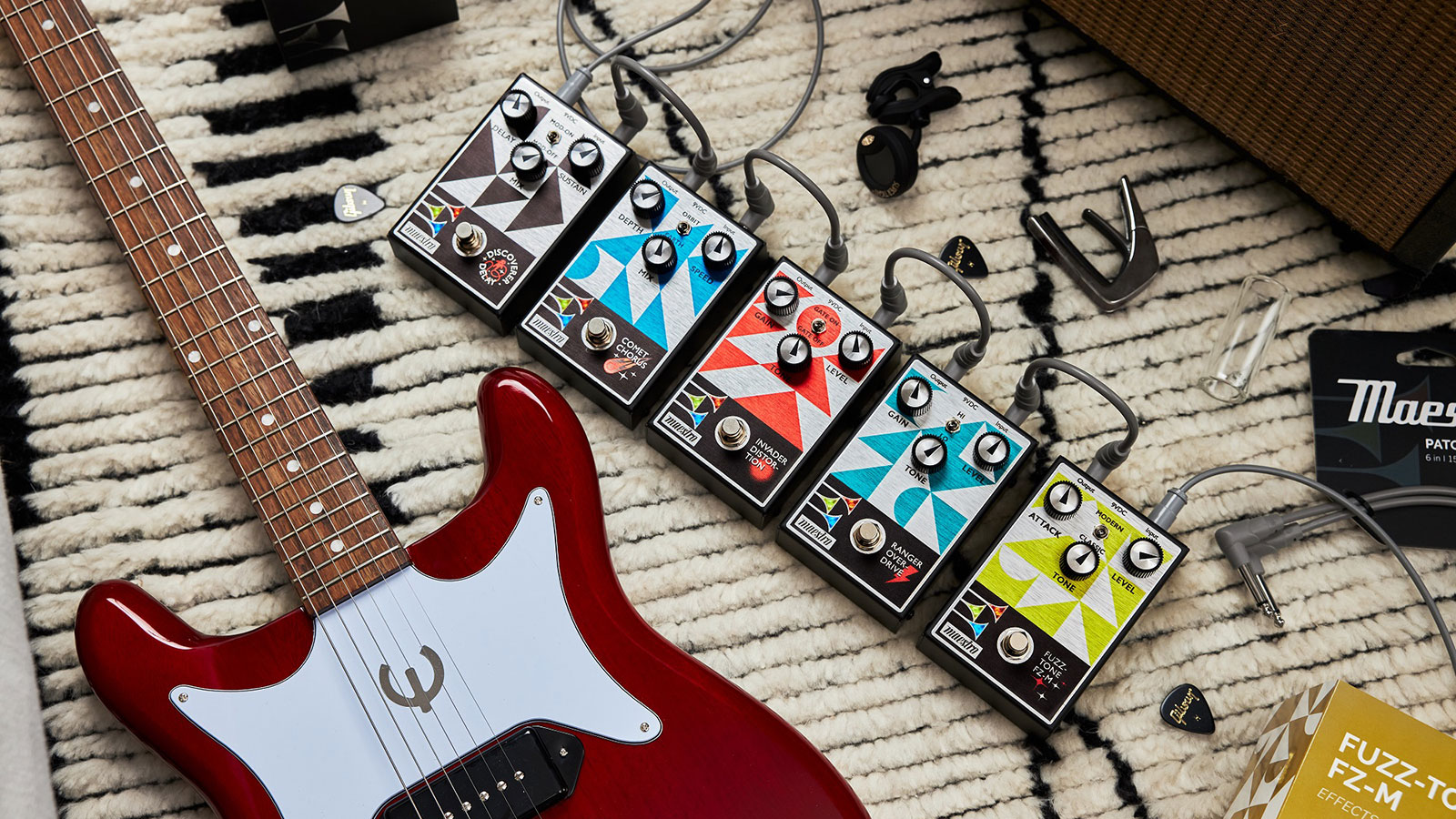
Rumours about Gibson reviving its Maestro pedals have been circulating for some time, but now it’s official. 60 years on from its birth, the Maestro brand is being revived. What‘s more Gibson is accompanying the announcement with the launch of five new guitar effects pedals: the Fuzz-Tone FZ-M, Invader Distortion, Ranger Overdrive, Comet Chorus, and Discoverer Delay.
If you’re not familiar with the Maestro brand, it became forever intertwined with rock ’n’ roll history when Keith Richards used a Maestro FZ-1 fuzz for his iconic (I Can’t Get No) Satisfaction riff. Its iconic colourful horn logo later adorned the famed Echoplex tape delay units, used by everyone from Jimmy Page, to Brian May, Duane Allman and Eddie Van Halen.
Maestro eventually went dormant but Gibson has now seen fit to revive it in 2022. However, the firm is at pains to point out this isn’t an exercise in period-correct nostalgia.
“Restoring a legendary brand is a thrilling challenge. Maestro has a definitive heritage to honour, but what becomes almost more important is building the new legacy for this brand,” says Gibson’s Director of Marketing, Sterling Doak.
“Writing this next chapter for Maestro means creating energy and providing tools for our fans to shape their sound. Now players all over the world will create this new sonic legacy, and we encourage everyone to plug-in, dial-up your settings, and shape your sound.”
The Original Collection
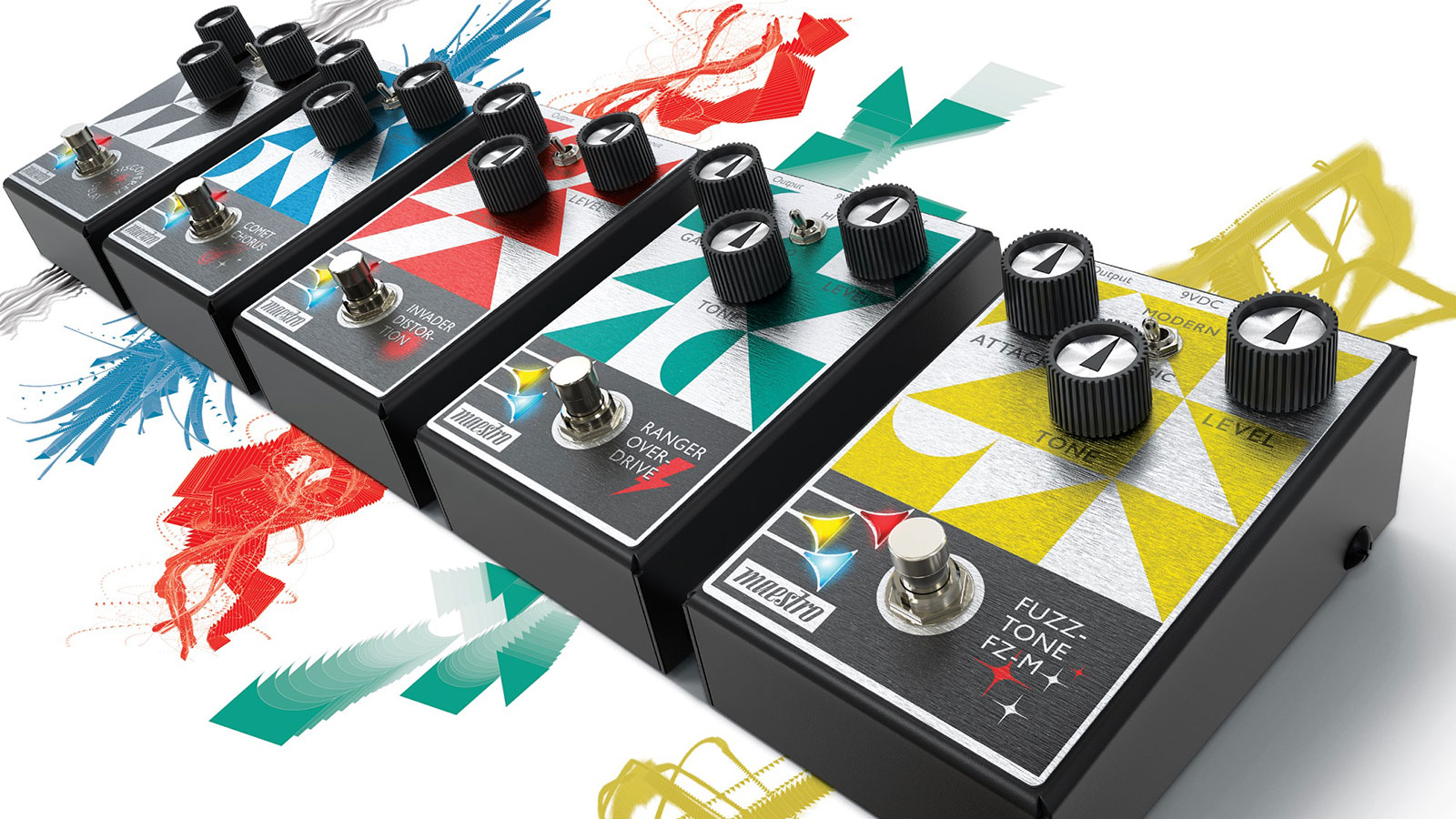
As such, the revamped Maestro is launching with a range of five new ‘dual voice’ units, dubbed the Original Collection, which appear to bridge that gap between retro tones/ aesthetics with the features and tweakability of modern units.
You can learn about each of the individual pedals below, but they all share some things in common. First among those is a toggle switch that enables the player to pick between a choice of two voicings, true-bypass switching, top-mounted dials (as opposed to on the rear of the units, as was the case with the original FZ-1).
Get the MusicRadar Newsletter
Want all the hottest music and gear news, reviews, deals, features and more, direct to your inbox? Sign up here.
There‘s also a gentler slope to the pedals‘ profile, which will make them less of a wedge/doorstop and enable them to sit at a better level on pedalboards. Finally, they all have LED indicators which, rather niftily, illuminate the three-colours of the Maestro logo when the pedal is activated.
We also have to give a special mention to the delightfully retro packaging, which is the kind of thing we’ll hang onto and use to store our most precious nicknacks…
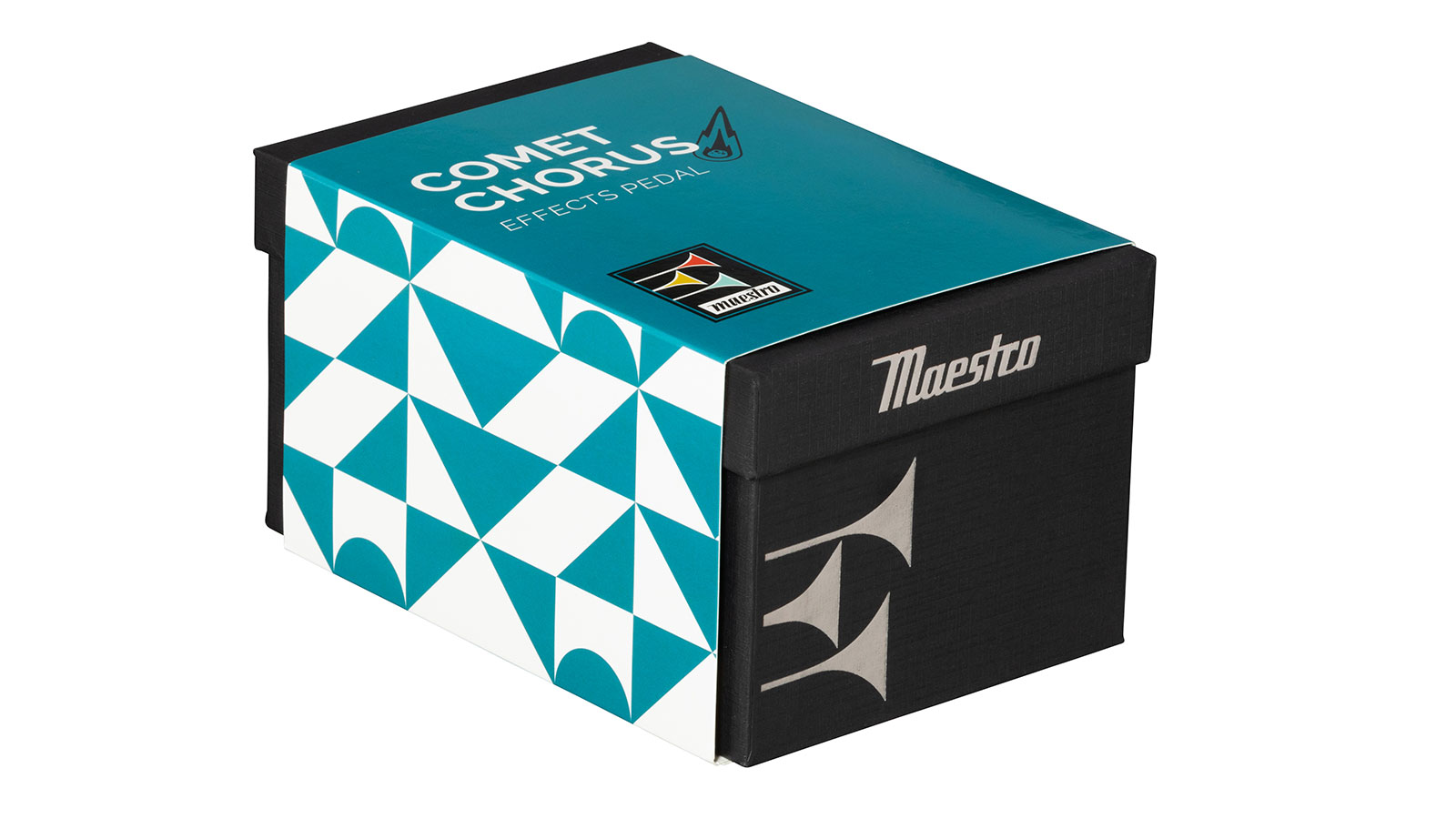
It’s fair to say that Gibson has thought carefully about the little things that will please players when putting these together. They’re attractively-priced, too – all set to retail $149, with the exception of the Discover Delay, which will be $159.
So that’s enough of the overview, what have we got from this initial offering?
Fuzz-Tone FZ-M
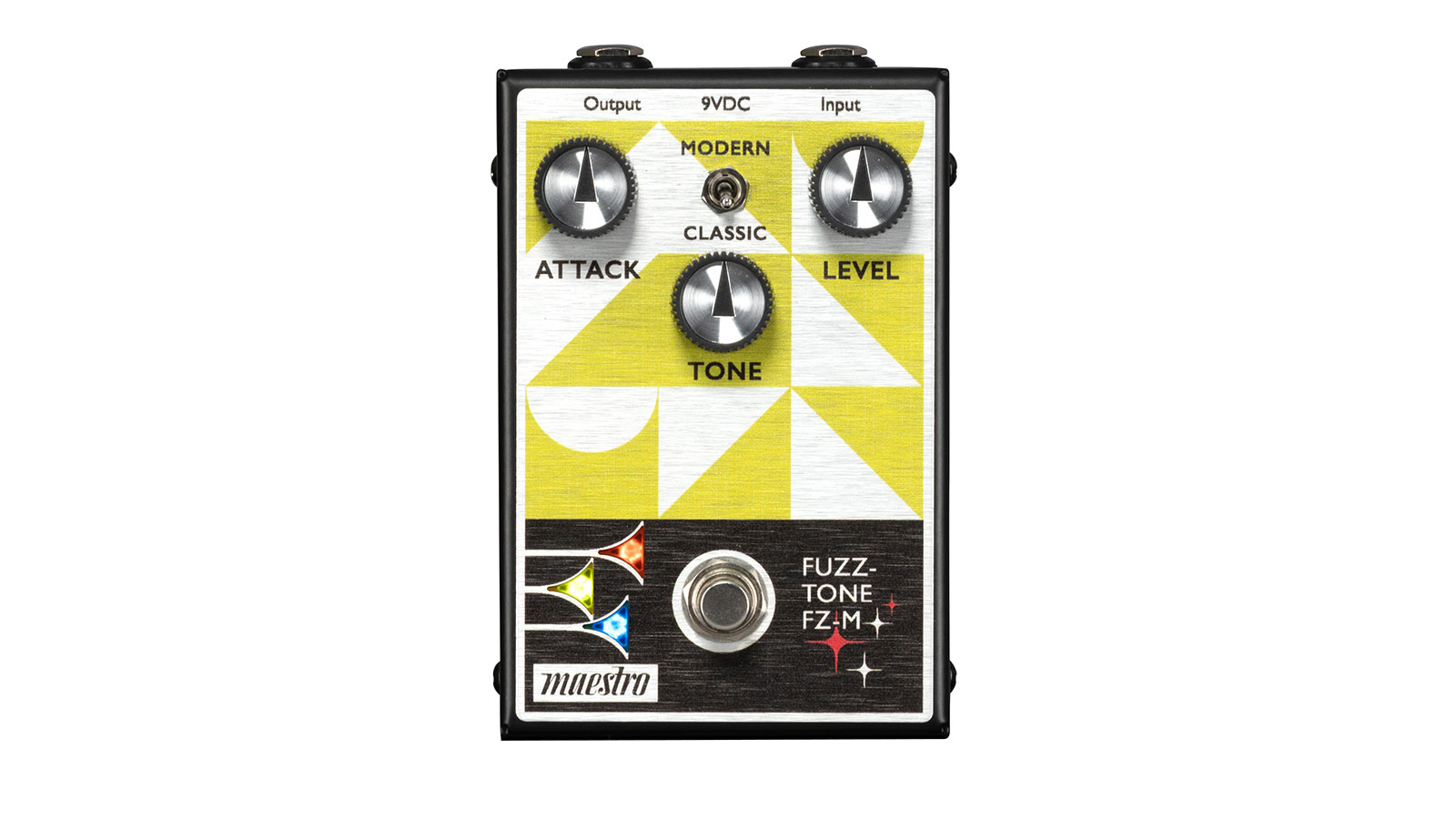
The big name of the launch, due its aforementioned ‘Keef’ associations. The Fuzz-Tone FZ-1 of the early-60s lays the strongest claim of any to the mantle of the ‘original fuzz pedal’.
This new iteration intends to deliver those reed-y ‘Stones tones but makes clever use of the voicing switch to give players the option of a ‘thicker, more modern’ sound.
Attack sets the amount of fuzz incorporated to the sound, while moving the tone dial from left to right will reportedly take things from “bright and raspy to warm and wooly”.
Ranger Overdrive
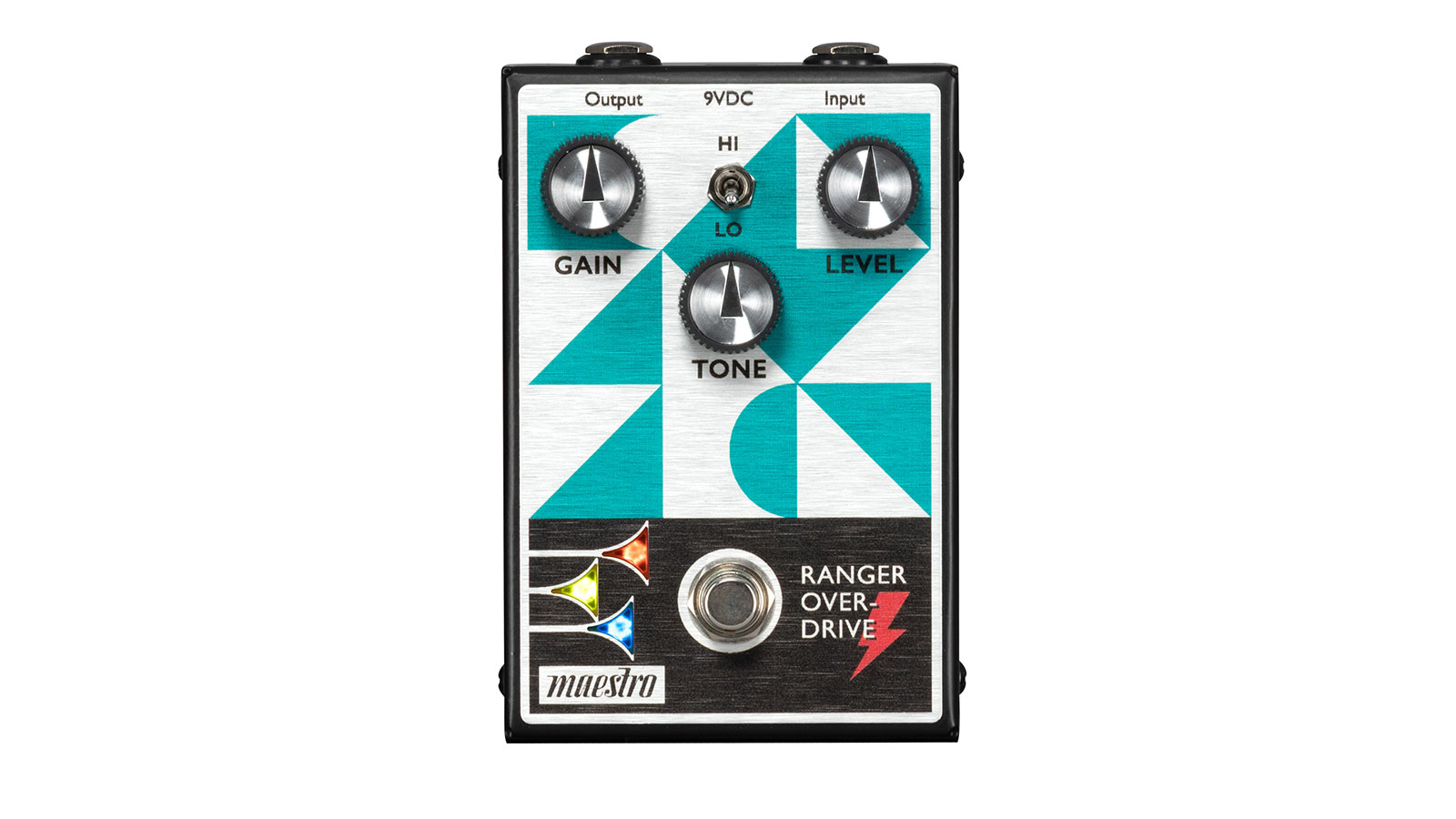
The Ranger is an all-analogue overdrive pedal with a simple set of Gain, Tone and Level controls. It takes its tonal inspiration from tube amps and is all about responsive tones.
The choice of voices keeps things interesting. ‘Hi’ is reportedly a “warm, expressive, amp-like overdrive”, while ‘Lo’ offers a cleaner sound. The latter is described as “exceptionally touch-sensitive” and is pitched as an ideal always-on setting for players who like to influence their tone with their hands and/or guitar settings.
Invader Distortion
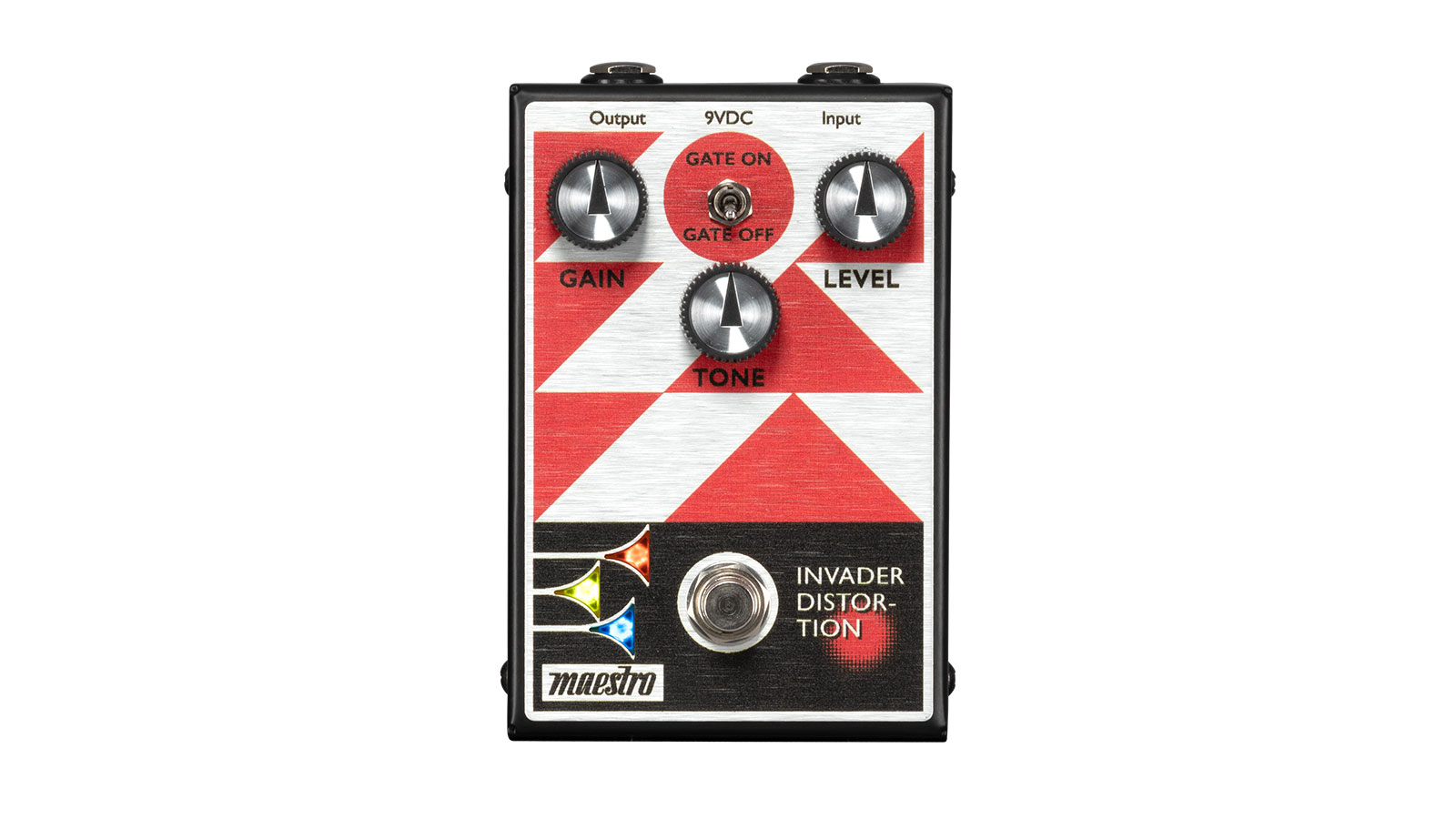
Another all-analogue design, the Invader is a more aggressive beast, designed to offer high-gain, harmonic-laden distortion tones. Like the Ranger, the controls are straightforward, but there’s more than meets the eye at first. The toggle switch allows you to add a noise gate to the circuit and you can adjust the threshold via an internal trim pot.
Comet Chorus
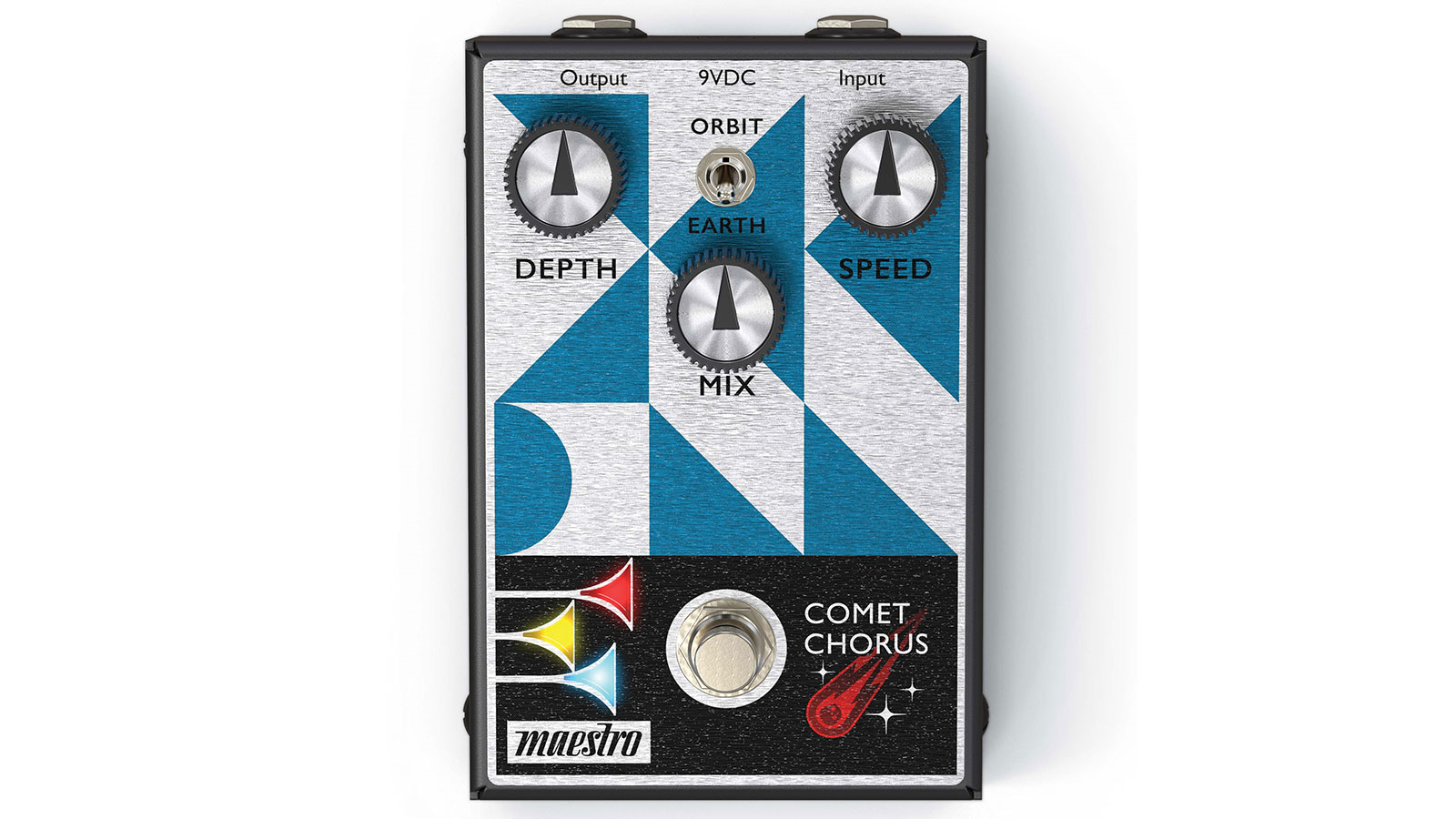
We particularly love the look of this chorus pedal. It’s like something from a NASA documentary. Once again it’s all analogue, meaning that it uses a BBD (bucket brigade device) circuit. You’ve got the expected depth, mix and speed dials, then an intriguing choice of ‘Orbit’ and ‘Earth’ voicings.
Keep things down to Earth and you’ll get a shimmering classic chorus, while going into Orbit adds amplitude modulation (AM) to the sound, resulting in an effect more like a rotary speaker. Again, there’s an internal trim pot which can be adjusted to vary the level of the effect.
Discoverer Delay
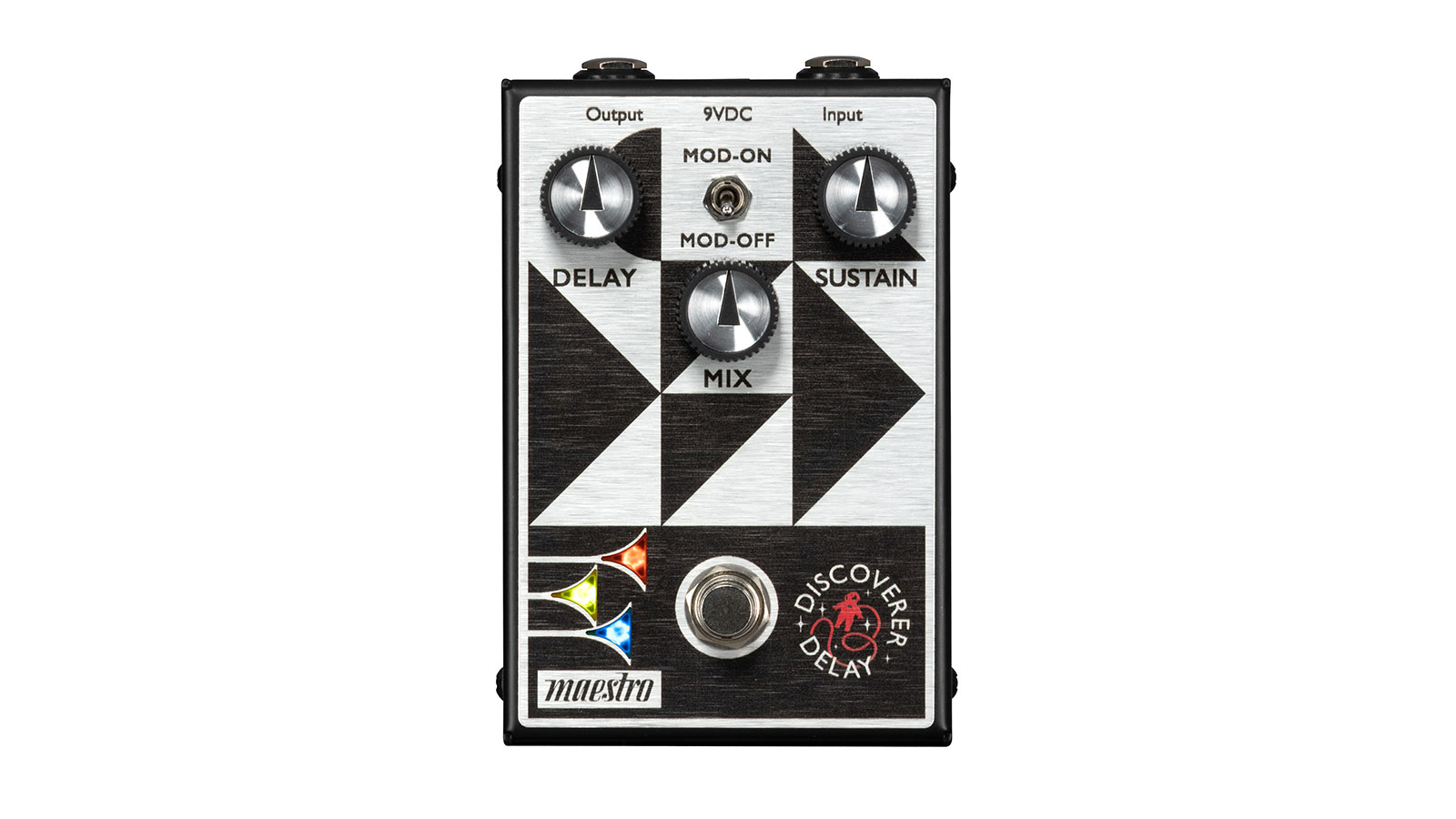
The Discover Delay is sold as a “modern analogue delay”, which like the Comet Chorus, utilises a BBD circuit. (We should note at this point that the BBD element is being talked up in the Maestro marketing but has long been used in analog delay pedals from many manufacturers, including MXR and EHX).
Delay time ranges from 20ms to 600m (controlled via the Delay knob). Once again, the toggle switch offers more interesting options, engaging a modulation effect alongside the delay signal. This can run the gamut from “tape-like” flutter to “heavily pitch-shifted” and uses two internal trim pot controls to set modulation Speed and Width.
Video demos
Reverb
Thomann
Andertons
Peach Guitars
Long and McQuade Musical Instruments
So there you have it, five pedals, two iconic names and one of the rebirths of the year. What’s more, that‘s not it for 2022 – the Maestro team is already saying it will follow-up with a further five pedals later this year.
For more information, head over to the Maestro’s shiny new website: MaestroElectronics.com.
Matt is a freelance journalist who has spent the last decade interviewing musicians for the likes of Total Guitar, Guitarist, Guitar World, MusicRadar, NME.com, DJ Mag and Electronic Sound. In 2020, he launched CreativeMoney.co.uk, which aims to share the ideas that make creative lifestyles more sustainable. He plays guitar, but should not be allowed near your delay pedals.
“A pedal that sings with harmonic richness and blooming touch response”: Tone King offers up boutique tube amp tones for your pedalboard with the Imperial Preamp
“Each and every unit is perfectly dialled in to the 'sweet spot' that can be so elusive to find in vintage pedals”: Pigtronix’s Gas Giant is a high-gain fuzz pedal with a FET-driven onboard noise gate










